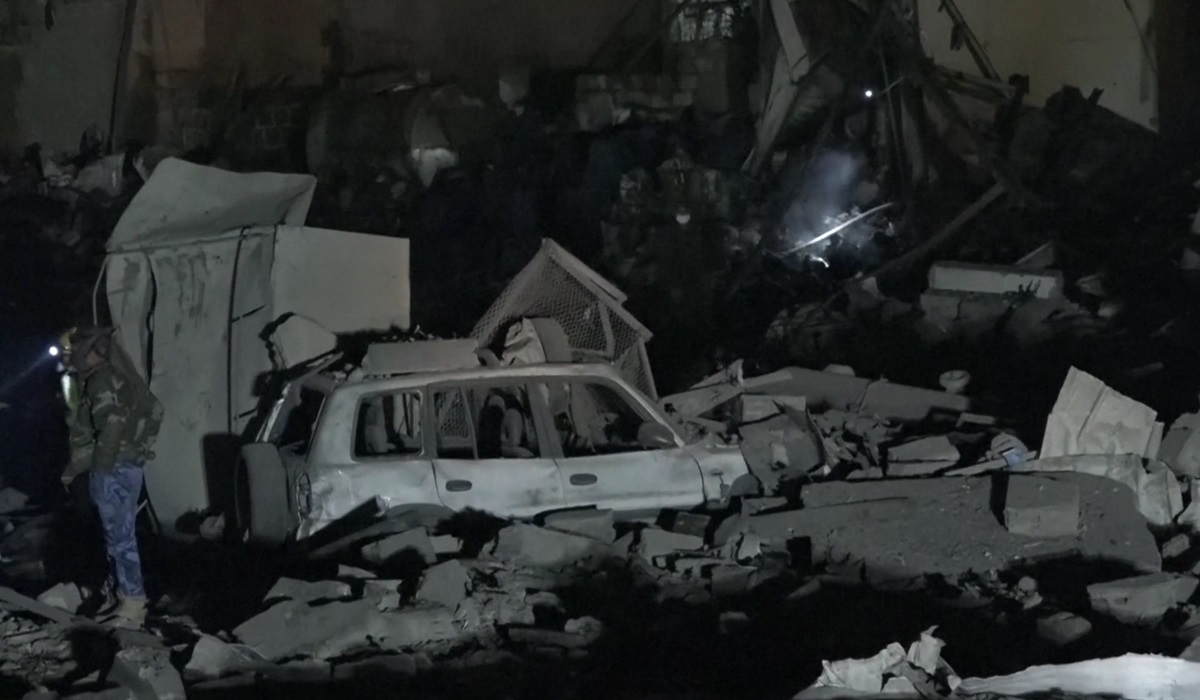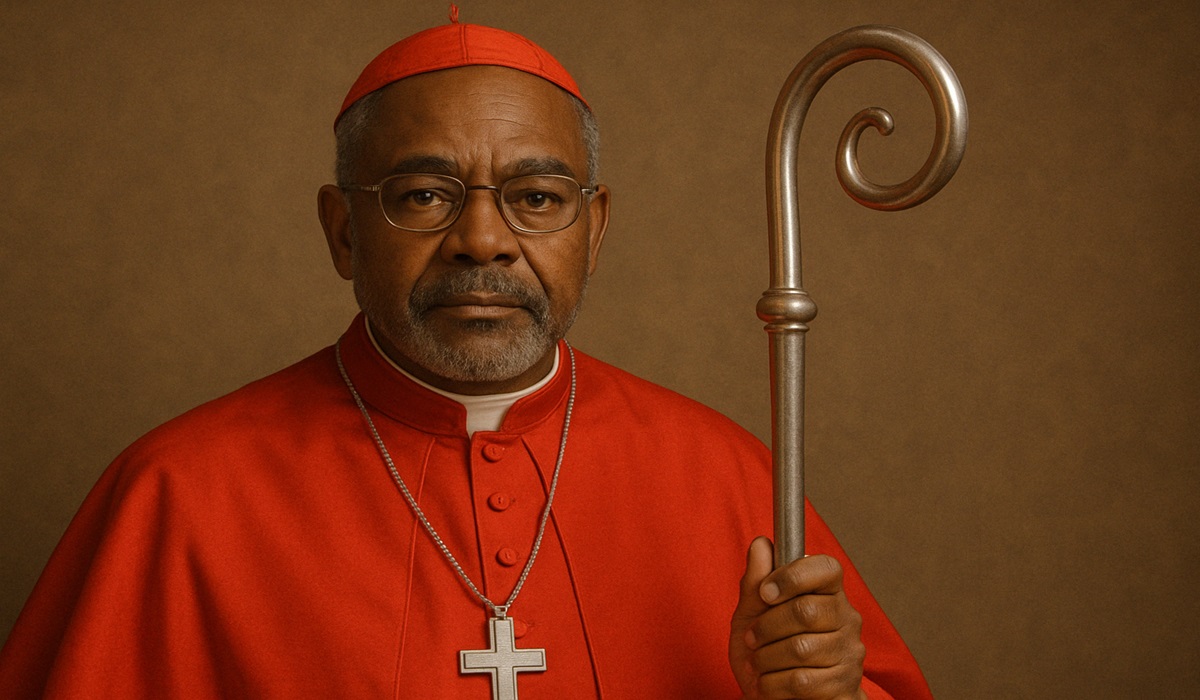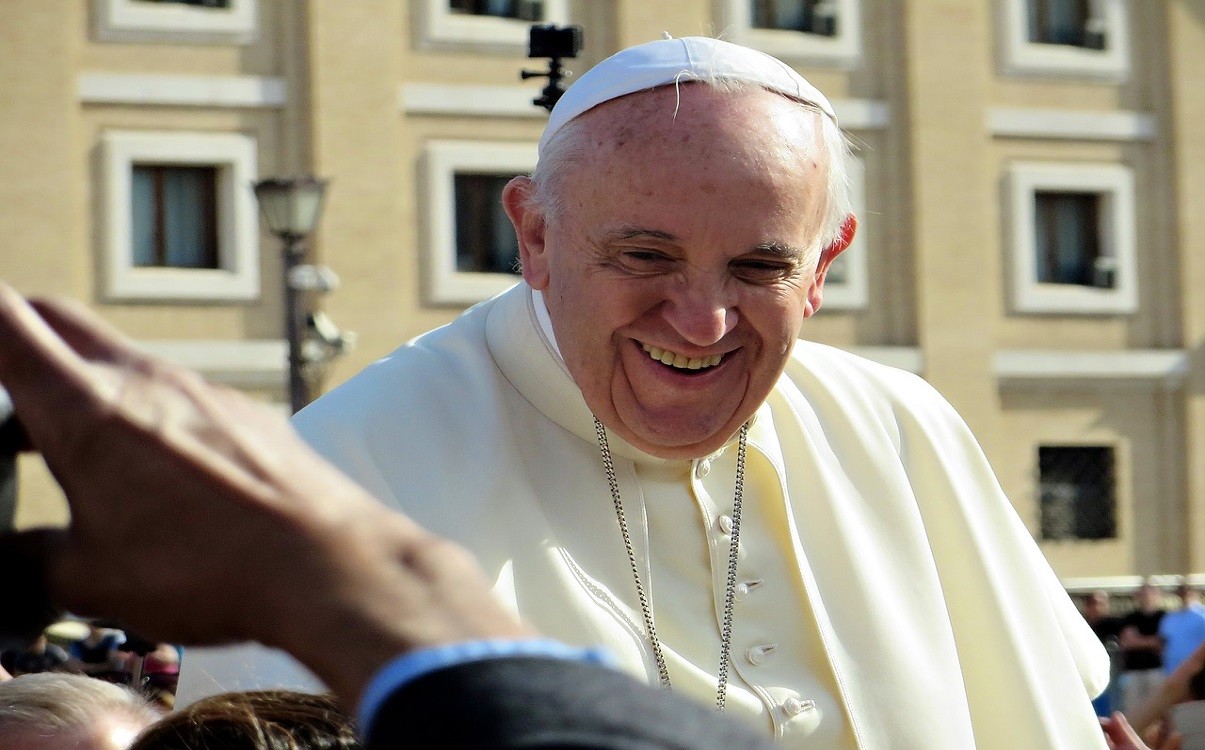U.S. Strikes Escalate in Yemen as Houthi Attacks Intensify, Protests Erupt Across Sana’a
- TDS News
- D.O.C Supplements - Trending News
- Middle East
- March 30, 2025

This is a developing story first reported by Ehab Al-Fandi for CGTN from Al-Sabeen Square in Sana’a.
SANA’A, Yemen — More than 150 U.S. airstrikes have hammered targets across Yemen’s capital and northern provinces over the past two weeks, in what Washington claims are operations against Houthi-linked military infrastructure. But on the ground, the reality tells a different story—one of intensified Houthi retaliation, emboldened rhetoric, and massive anti-American protests.
The latest wave of attacks struck at least 40 locations in Sana’a, Marib, Amran, and Saada on Friday, according to the Ansar Allah-affiliated Al Masirah broadcaster. Despite the scale of the operation, U.S. Central Command has not confirmed the most recent strikes. Local leaders and residents allege that the strikes have disproportionately hit civilian areas.
“The nature of American targets, in general, since the beginning of the recent U.S. escalation is civilian,” said Mohammed Muftah, Deputy Prime Minister in the Sana’a-based government. “They try to make people believe they are targeting military sites, but in reality, they are civilian targets—residential neighborhoods.”
This escalation comes just days after The Atlantic reported that secret military plans were leaked by officials in Donald Trump’s previous administration through the encrypted app Signal. The U.S. National Security Council confirmed the authenticity of the messages. Trump, for his part, denied knowledge of the leak but praised the airstrikes as “effective.”
The air campaign has done little to blunt the Houthis’ regional ambitions. If anything, their attacks on U.S. and Israeli interests have escalated. Observers say the military campaign has failed to cripple the group, and instead has served as a rallying cry across Yemen.
On Friday, tens of thousands poured into Al-Sabeen Square in Sana’a and 14 other provinces to denounce the U.S. strikes, condemn Israel’s renewed offensive on Gaza, and protest the breach of the Lebanon ceasefire. The crowd raised Palestinian and Yemeni flags, chanting in solidarity with Gaza and calling for greater retaliation.
“We tell the American and Zionist enemy that even if you strike us with weapons from across the entire earth, you will not weaken our determination,” declared protester Ali Al-Mutaa.
Another demonstrator, Yahya Al-Moushki, added, “We came out today to reaffirm our principled and unwavering stance with our brothers in Gaza and Palestine. Today is Gaza’s day, Jerusalem’s day, and Palestine’s day.”
The protests are more than symbolic. They represent a defiant political message at a moment when Washington is reportedly planning further strikes on Houthi-linked targets. But the group, also known as Ansar Allah, has vowed to continue its campaign in support of Gaza, even as the U.S. doubles down militarily.
With tensions escalating on multiple fronts—Gaza, southern Lebanon, the Red Sea, and now deep inside Yemen—the risk of regional spillover is no longer theoretical. The strikes may have been intended as a show of force, but they’ve unleashed a political backlash that Washington appears ill-prepared to contain.
Reporting from Al-Sabeen Square, Ehab Al-Fandi captured the raw emotion on the ground as Yemenis demand global intervention to stop the war on Gaza and protest what they call collective punishment by U.S. and Israeli forces. As the dust settles from another round of air raids, one thing is clear: this conflict is not cooling—it’s combusting.








